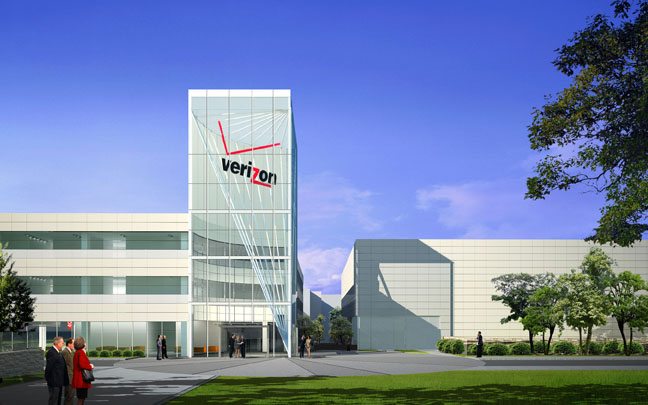Verizon Wireless said CDMA to continue supporting IoT, connected devices
While LTE is the network of now and the future at Verizon Wireless, the carrier expects to continue supporting its legacy CDMA operations for the foreseeable future to handle connected devices as part of the “Internet of Things.”
Speaking at an investor conference this week, Verizon Communications CFO Fran Shammo said the carrier’s CDMA network was still a “very long-term network” for the operator as it looks to support “small bursts” of data triggered by connected devices and IoT services.
“You have to remember we have a lot of ‘Internet of Things’ still riding on that network,” Shammo said. “It’s an extremely efficient network when you get to just small bursts of data through the network, so I think that network is going to be here for a long time.”
Verizon Wireless rival AT&T Mobility said it plans to shutter its legacy GSM/EDGE network by the end of 2017.
Despite the vote of confidence in CDMA, Shammo did add that Verizon Wireless remains on track to rollout LTE-only smartphones beginning early next year that can take advantage of the carrier’s growing voice-over-LTE service. The VoLTE service, which carries voice traffic as data over LTE, was launched last fall and according to Shammo was serving “several million” customers. Shammo added that as the carrier continues to densify its network it expects more customers to migrate to VoLTE, which would foster the carrier’s ongoing plans to refarm 1.9 GHz spectrum currently supporting CDMA services.
Those densification plans include the continued deployment of small cells, which Verizon Wireless has said could account for up to $500 million in spending this year. Shammo cited a recent deal in Boston for a 400-site antenna system built and operated by a third party, a model that the traditionally conservative company said it will likely continue to follow in the case of small cell deployments.
“I mean, it’s similar to towers,” Shammo explained. “I don’t own my towers, but I still run my network off those towers. As long as I get the protections in the agreements that I need for the longevity, then it’s a perfect solution for us.”
That small cell investment is also expected to offset decreased spending by Verizon Communications on its wireline operations, resulting in flat overall capital expenditures moving forward.
That densification could become more important as Verizon Wireless looks to grow its base of users tapping into data-intensive tablet devices. Shammo said that tablets accounted for just 9% of the carrier’s postpaid base, a figure that could spike to 50% in the coming years.
Another capacity option for Verizon Wireless could come in the form of spectrum resources auctioned by the federal government. Shammo noted that the record haul from the recent AWS-3 auction did force the carrier to rethink its all-in approach when it came to spectrum licenses. However, he added that it was too soon to state any impact the more than $10 billion Verizon Wireless forked over for AWS-3 licenses could have on its plans for the upcoming 600 MHz incentive auction.
“I will say that I think that the AWS-3 auction has given the [Federal Communications Commission] a little bit of a challenge around unintended consequences,” Shammo said. “When you bid up spectrum so high and now you have broadcasters sitting on the sidelines that believe their spectrum is worth a certain amount of money, and then you have – where the FCC is trying to draft the rules around giving other carriers more, if you will, favorability to get the license than, say, some others – I think you’ve created a problem for yourself. … So we’ll have to see how the rules come out. We’ll have to see what the rules are before we can really make a determination whether we play, we don’t play, and how hard we play.”
Bored? Why not follow me on Twitter

